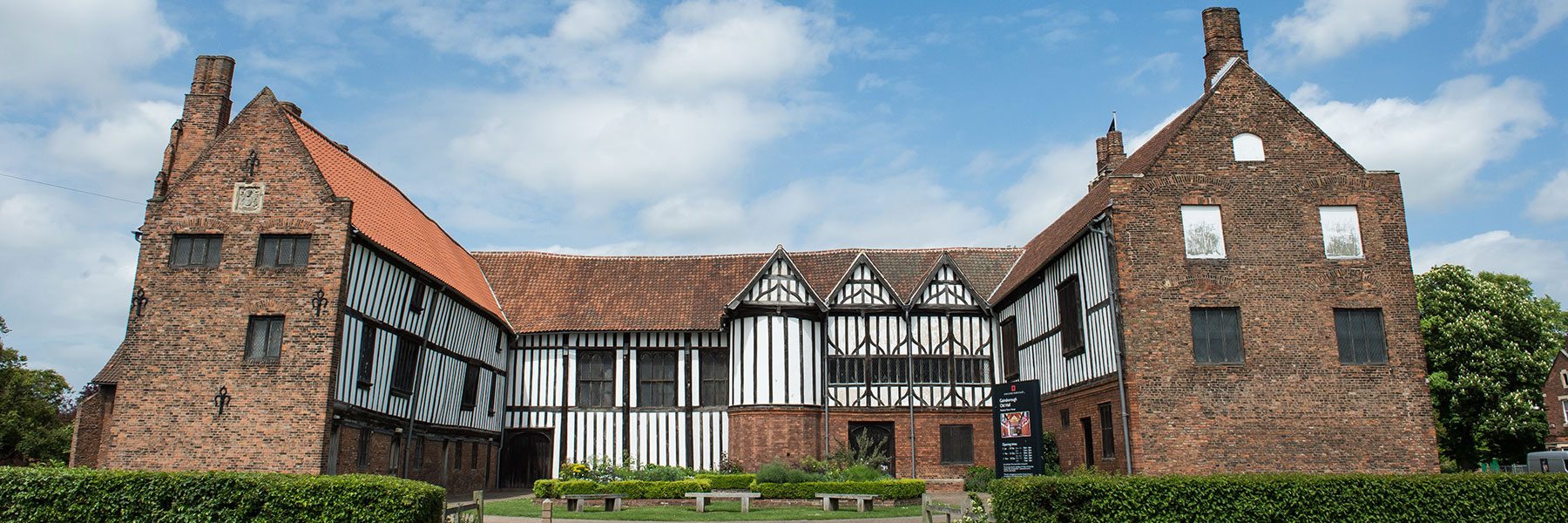
The Two Congregations
Who were the ‘Separatists’? How do they relate to the ‘Pilgrims’?
Four centuries ago, the Church of England was the established Christian church of the state, set up by King Henry VIII following his battles with the previously established Church in Rome.
Religion played a hugely important role in everyday life for everyone, but it was a divisive issue. Separatists were people who wanted, for a variety of reasons, to separate themselves from this Church.
Separatists are sometimes compared to Puritans, but the Puritans wanted to ‘purify’ the Church from within, rather than leave it altogether.
This was a time when it became easier for more people to read more things, and to publish their own writing. The printing press had been invented in the fifteenth century, and it had changed the world – much like the internet has done for us today.
Two groups of Separatists are known to have formed around Gainsborough in Lincolnshire and Scrooby, a small North Nottinghamshire village over the River Trent in the early 1600s. It’s from these groups that the ‘Pilgrims’ emerged – some of them sailed to America and became known as Pilgrims as a result.
A network of Separatist leaders attracted a following and preached where they could, often illegally. Groups formed around preachers John Smyth and Richard Clifton. Smyth came to Gainsborough after losing his job as City Preacher in Lincoln in 1602. Clifton was rector at Babworth Church near Retford until he too lost his job in 1605. Clifton’s followers began to meet secretly in Scrooby, while it is thought that Smyth’s followers met secretly at the Old Hall.
The Separatists who became Pilgrims have been known by lots of names, including:
- Pilgrim Fathers – this is familiar in the UK but doesn’t recognise important role of women on the voyage and suggests older men, but many of these voyagers were young families.
- Pilgrims – this was a word that Separatist chronicler William Bradford used to describe his fellow passengers, and was used when the story began to be retold in churches in America a couple of hundred years later and on Thanksgiving; it can refer to all the passengers on the ship and not just those who were especially religious, the Separatists.
- Forefathers – the USA declared independence from Britain in 1776, and Plymouth colony (set up by the Mayflower Pilgrims) was used as a model for expressing virtues of the newly established American national identity – so the Pilgrims became the Forefathers for that nation. Men like Brewster and Bradford were the ‘fore’ fathers to the Founding Fathers of the new nation (which included John Adams, Benjamin Franklin, Alexander Hamilton, John Jay, Thomas Jefferson, James Madison, and George Washington).
- Saints and Strangers – the Separatists called themselves Saints and referred to other passengers on the ship as Strangers!
- Brownists – Separatists were also known as Brownists, after Robert Browne, a preacher from Tolethorpe in Lincolnshire who believed in leaving the established Church.
- Plymouth Colonists – the Mayflower’s passengers set up a colony on the site of an abandoned Native American village and called it Plymouth, based on the name that place was given on a map drawn up by Captain John Smith.
Next week we ask about the persecution that the Separatists faced…
Find out more and follow the PilgrimAGE series.




